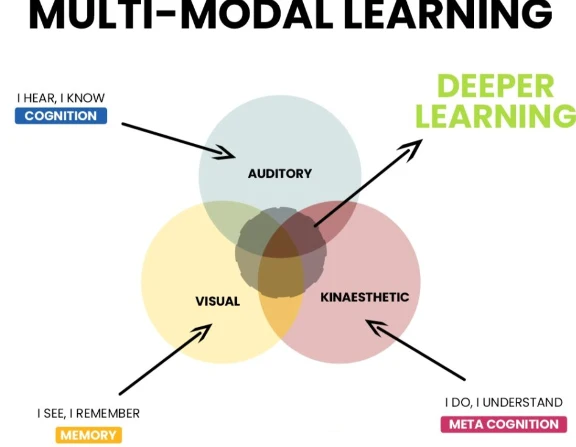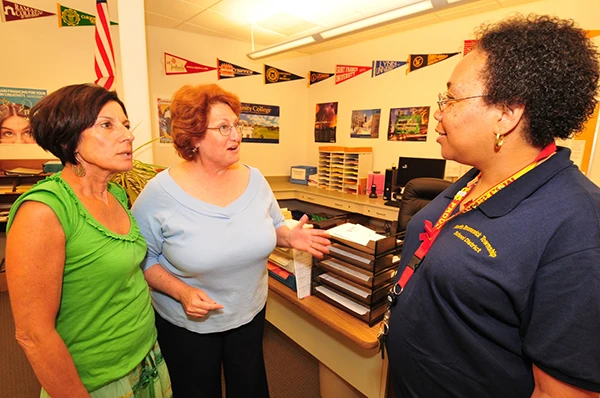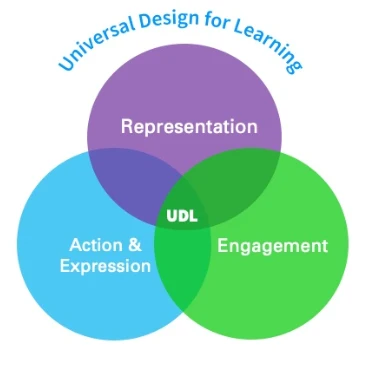
In today’s interconnected and globalized society, the ability to communicate with people of various cultures and languages feels like a superpower.
The ability to communicate naturally and effortlessly with them is an indispensable skill. This is why countless English language learners (ELLs) are turning to social language learning strategies to grow their linguistic competence and cultural understanding.
Studies by Eleonora Arista Dio Pramesti and Dias Andris Susanto have indicated that with globalization and digitalization, there has been a rising interest among language enthusiasts when it comes to the language, English.
According to a report released by MarketAndResearch, the English language learning market is bound to reach $70.7 billion by 2030. However, this is only possible when the learners indulge in strategies for making the English lessons effective for the ELLs.
Read the article to the end to learn about the strategies for effective instructions and support for ELLs.
Understanding The Needs Of The Students
Understanding the student’s needs and interests should always be the 1st priority of the instructors in the classrooms (physical or virtual).
This provides them with several learning opportunities, as this provides them with access to explore the areas that they are good at and are interested in. For example, how engaging the environment is for the learners.
Always remember, never assume that the student has a passion for a certain topic just because they are proficient in it. Always give them the time to explore their interests and accordingly focus on the barriers of the culture & language.
You can also conduct workshops with the help of some guests who have had experience in this field to come and guide the students by advising them about the methods to use for studying the language.
Did You Know?
English has the highest number of speakers, with a whopping 1,452 million speakers across the globe!
Accommodating Tailored Support

It can sometimes be difficult for the tutors to understand how they could support their students (due to their range of experiences and exposure to the English language).
But what you can do as a teacher is support them regardless by using visual tools, arranging classes in small groups, and providing materials in advance.
In this manner, you can provide them with infographics, and resources which should be provided to them in advance so that they are aware of what is going to be taught in the class.
If you are unsure about the ways of testing the students on that basis, then it is always better to hire a professional for the quality testing of the accommodations for English language learners.
Adopting & Creating Culturally Responsive Teaching with Differentiated Instruction
Inculcating culturally responsive methods while teaching in the classes helps create an ideal atmosphere for the learners to be engaged in the learning process because not all of them are on the same level.
This gives students of all levels of comprehensiveness and learning a better understanding of the topics due to the inclusion of their cultures to explain the course materials.
It is a meaningful way for them to learn and also gives them a sense of belongingness to society despite being of color.
Also, try adopting differentiated instructions to create alternative assignments and additional help by providing extra classes for students in need. In case, the students are not able to perform, then it is time for you to change your pace and teaching style.
Applying Multimodal Learning

Multimodal learning is a mode of learning that uses multiple modes for teaching a concept to fellow learners. In this, the instructors create materials as per the learning styles of the children, which involves:
- Visual
- Auditory
- Writing
- Kinesthetic
It also includes the teaching techniques that the instructor must be engaged in to engage the students and enhance their learning experience and process.
So you can utilize this in making infographics like diagrams and charts to promote the understanding and practical application of the literature as well as the grammatical concepts.
Creating Collaborative Learning Communities & Families

To support English language learners in their learning journey, building collaborative communities makes it much more engaging and easier for them since it fosters communication and helps them work as a team.
These communities can hold meetings which they can attend and share ideas on a one-to-one basis and have open discussions on the same.
Involving the learners’ families can also encourage them since they can host family events where the families of those classes or small groups can meet and get to know each other while gathering essential information that the students might need.
This helps in providing support to fellow learners at the communal and institutional levels since it becomes much more welcoming for them.
Providing Accessible Resources and Materials

The diagram attached represents the 3 principles of Universal Design for Learning (UDL), that is:
- Representation
- Engagement
- Action & Engagement
This should be followed by every teacher because every student has a unique learning ability and requirements that may differ from one to another. You also can collaborate with the experienced staff to make the course preparation even better and more engaging for the learners.
Also, every student should be provided with resources and study materials to refer to while learning the language, since it makes the process easier.
The books can have diverse perspectives on the experiences and cultures, which could be translated and added to these.
Final Inputs
Being one of the most sought dialects, English has the highest number of language learners that every language enthusiasts wish to learn. They are called ELLs (English Language Learners).
One of the main reasons for the rise in the demand for learning this language is the occurrence of globalization.
Learning English can be a challenge for immigrants, but by adopting the strategies listed above, you can make your students’ learning experiences much better.
Also Read: Complete Guide on Notebook Sizes